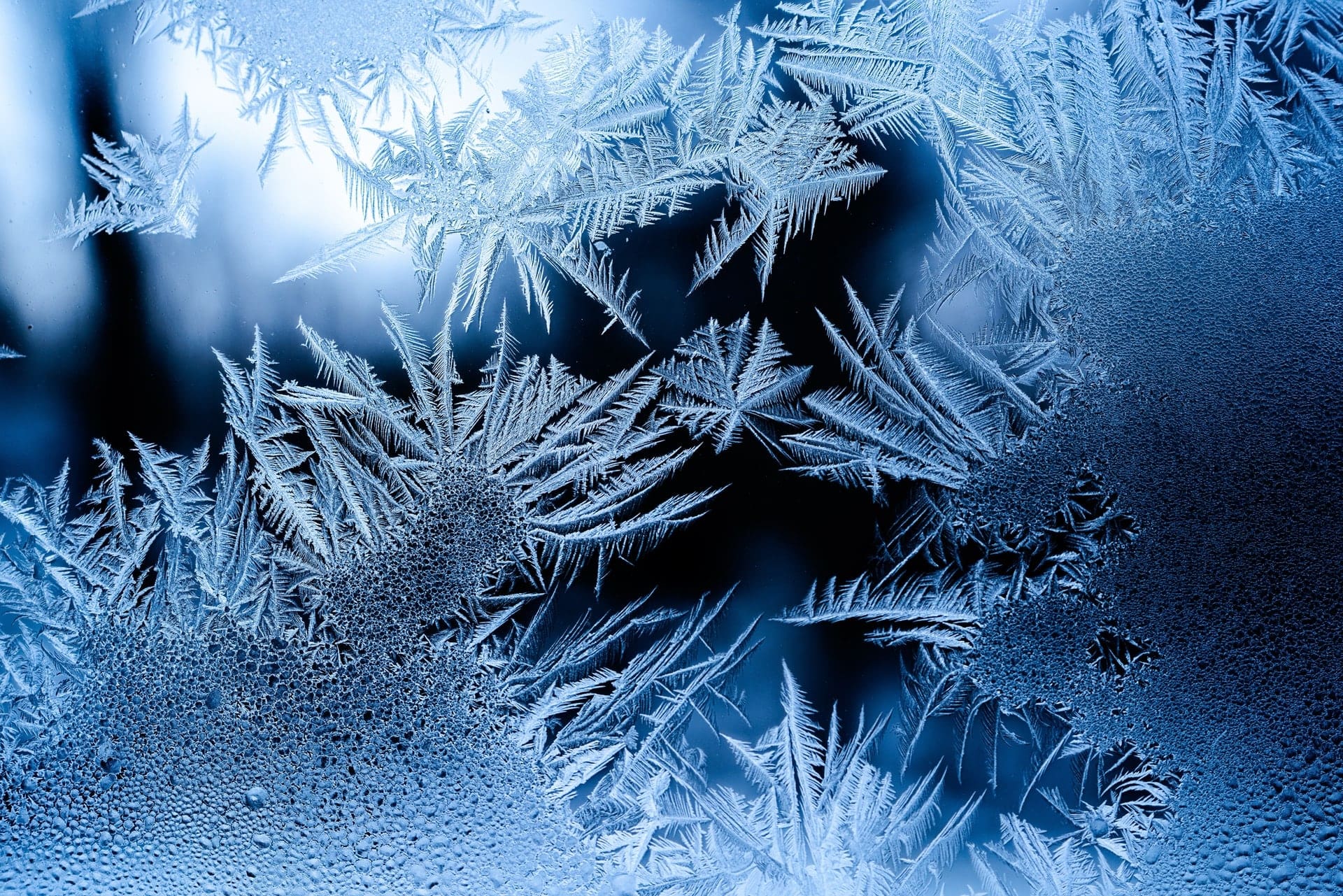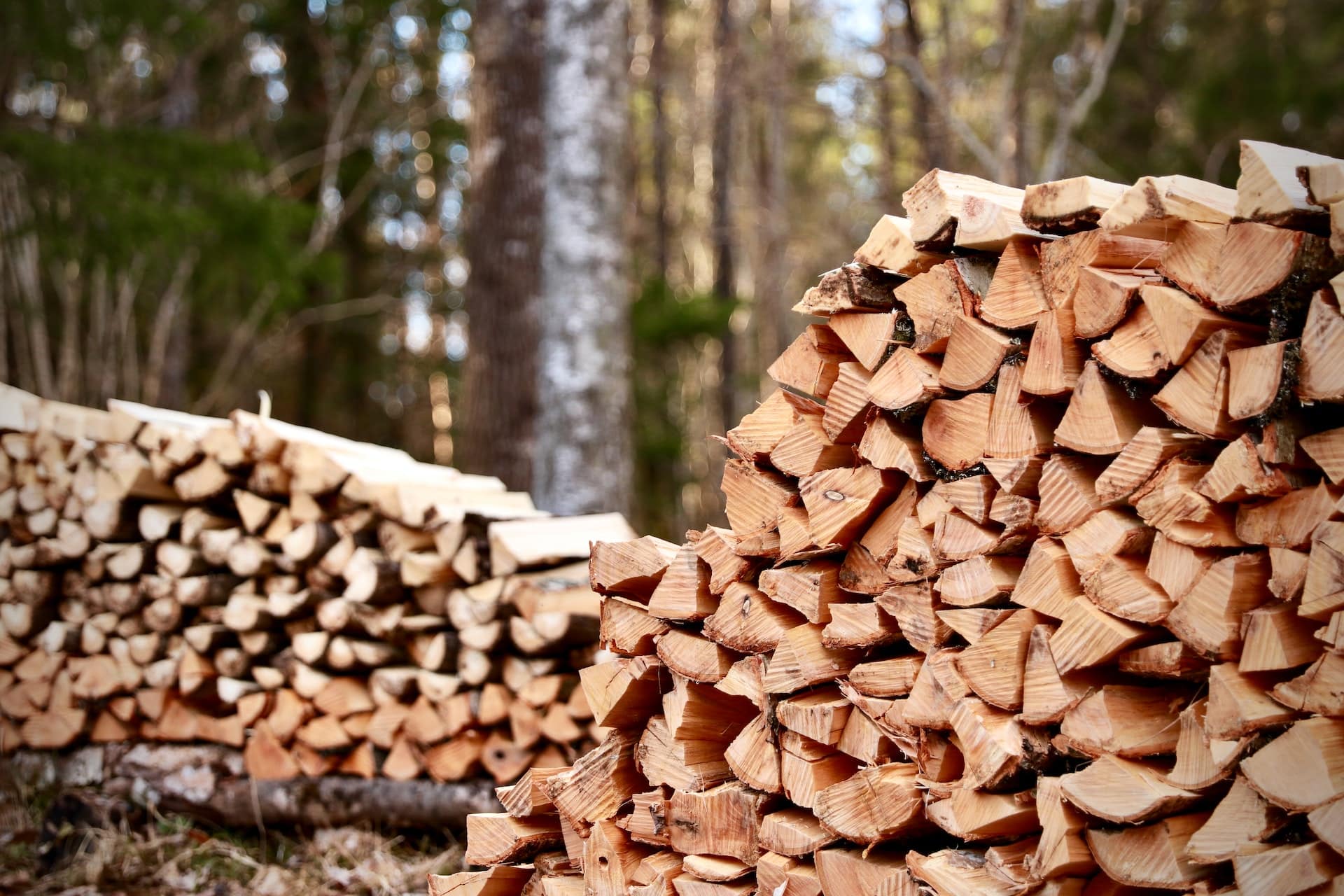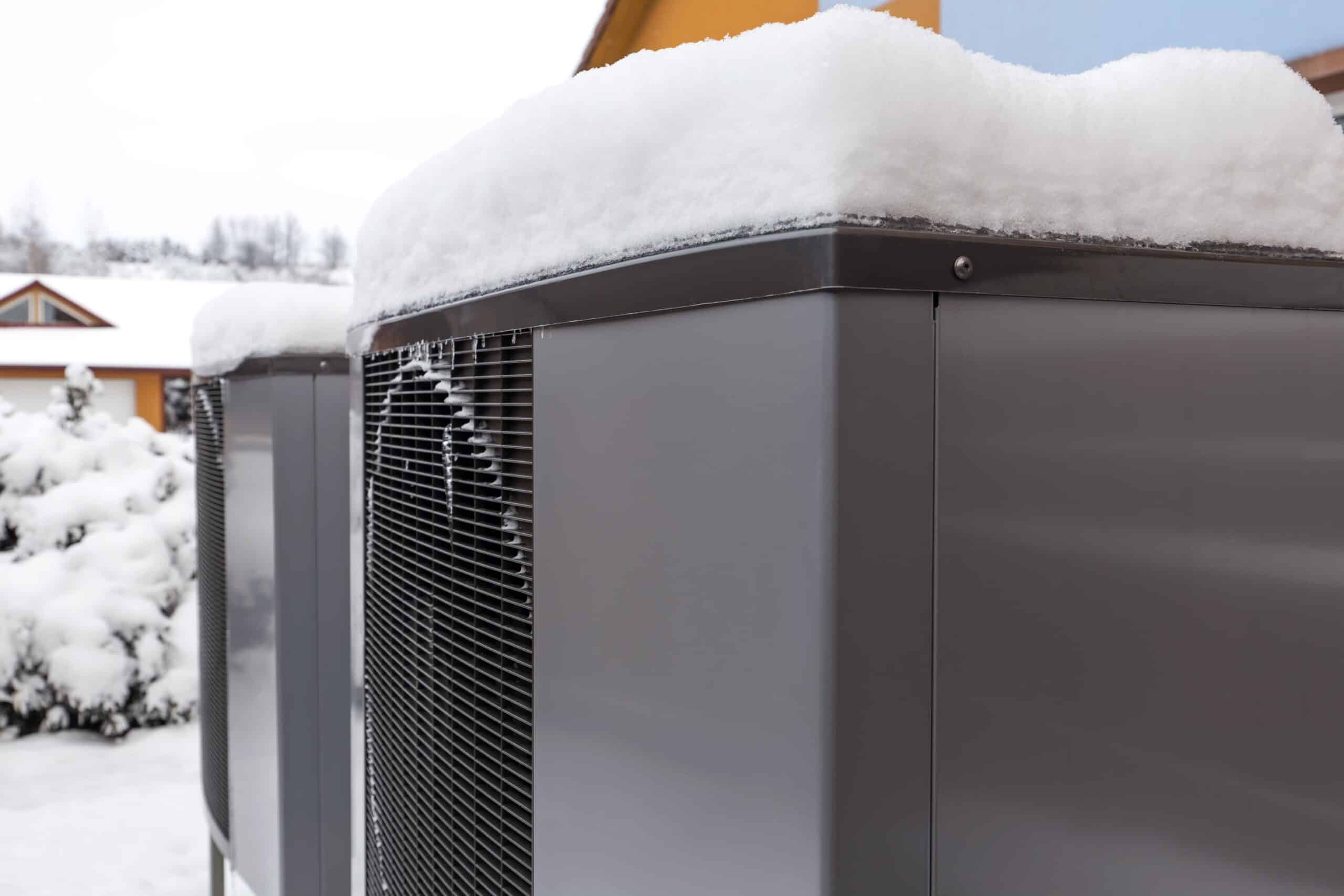During long spells of freezing temperature, it’s absolutely normal for light frost to settle on your heat pump.
However, if your renewable heating system is completely encased in ice or doesn’t automatically defrost after 3 to 4 hours, it’s likely that something’s wrong with its defrost function. This could be very bad for your pump especially if it includes low refrigerant levels, issues with the thermostat, or faulty sensors.
Additionally, if the heating system doesn’t defrost properly, you might have to seek assistance from an experienced installer like JL Philips for professional heat pump service and maintenance.
Nonetheless, in most cases, you can thaw the system yourself to ensure that it’s running smoothly.
Before we delve deeper into how to manually defrost a heat pump, let’s find out more about how its defrost system works.
Heat Pump Defrost System – How It Works!
The defrost system of your heat pump usually comes with a set timer, which is anywhere between 30 minutes to 2 hours. This timer ensures that the system’s compressor operates for the set period of time before actually starting the defrost cycle. This system is also equipped with a sensor that tells it when the coil has frosted.
While certain defrost systems’ are programmed to start the timer after its sensor has realised the frost build-up, others start immediately after the previous defrost cycle and keep running for the set number of minutes or hours.
What’s more, many defrost controls also restrict their cycle to a maximum of 10 minutes, which is more than enough to completely de-freeze your heat pump.
If you want to find out more about how the defrost cycle works, get in touch with professional heat pump installers at JL Philips.
How to Manually Defrost a Heat Pump?
When it comes to preventing your air source heat pump (ASHP) from freezing up, the best way is to invest in regular maintenance.
Despite all the preventative measures and your best efforts, if your heating system continues to freeze, then do not panic. Below we’ve compiled a list of our tips on how you can easily defrost your heat pump.
Let’s take a look!
Give Your Heating System Some Time
The defrosting system of your heat pump, if it’s relatively new, probably has no problems and is operating just fine.
However, once in a while, the defrost cycle might require some more time to do its job and that could make it seem like there’s an issue with it.
The best way to deal with this is to give the defrost system 3 to 4 hours to get your heat pump thawed. This step almost always fixes the problem and makes sure the system continues to heat your home as it normally should.
Run the Heat Pump’s Fan
If your heat pump isn’t operating properly, even after you’ve given it 3-4 hours to automatically defrost itself, then you could try unfreezing the system by turning on the fan setting (provided yours has one).
Running the fan can help you thaw the heating system within an hour. If the temperature outside is too low, you could even set the fan on exhaust setting.
While this step might not solve the freezing problem entirely, it absolutely works as a temporary solution.
Start the Defrost Cycle Yourself
This is yet another solution to thaw your heat pump.
The defrost cycle basically reverses the ASHP’s valve to air-conditioning mode, which then turns off the outdoor fan and switches the evaporator into a condenser. This further warms the high-pressure refrigerant, melting the ice build-up on your heating system.
Your heat pump’s defrost system needs to function automatically, but if it doesn’t then you have to manually switch it on.
Again, not every heating system has a manual option to start the defrost cycle. In this case, you’ll either have to do additional research on your heat pump or simply seek assistance from a professional installer.
Move the Sensor
Moving the sensor on the outside of your heat pump is another way to defrost the system.
Additionally, since your heating system has to operate for a longer period of time to melt the ice, ensure that you aren’t placing the temperature sensor under direct sunlight while also checking that it’s not too warm when compared to the rest of the system. This is because it could result in the defrost cycle not running for the set number of hours.
If you’re planning to use this solution, make sure you’re marking the original position of the sensor so that it can be properly replaced.
However, you should use this solution only as your last resort. This is because positioning the sensor in the wrong location could stop the entire defrosting process.
If you aren’t sure whether you should be taking this step, it’s best to reach out to our experienced heat pump installers for thorough and professional advice.
Get in Touch With JL Philips for Heat Pump Installation Services
While it’s better to give your heat pump some time to automatically defrost itself, you can take up the manual approach if the freeze-up lasts for more than 4 hours.
Alternatively, if you’ve no idea how to manually defrost a heat pump, then get in touch with JL Philips for professional advice on troubleshooting the system and maintaining its efficiency.
To book your free quick quote, click here!




